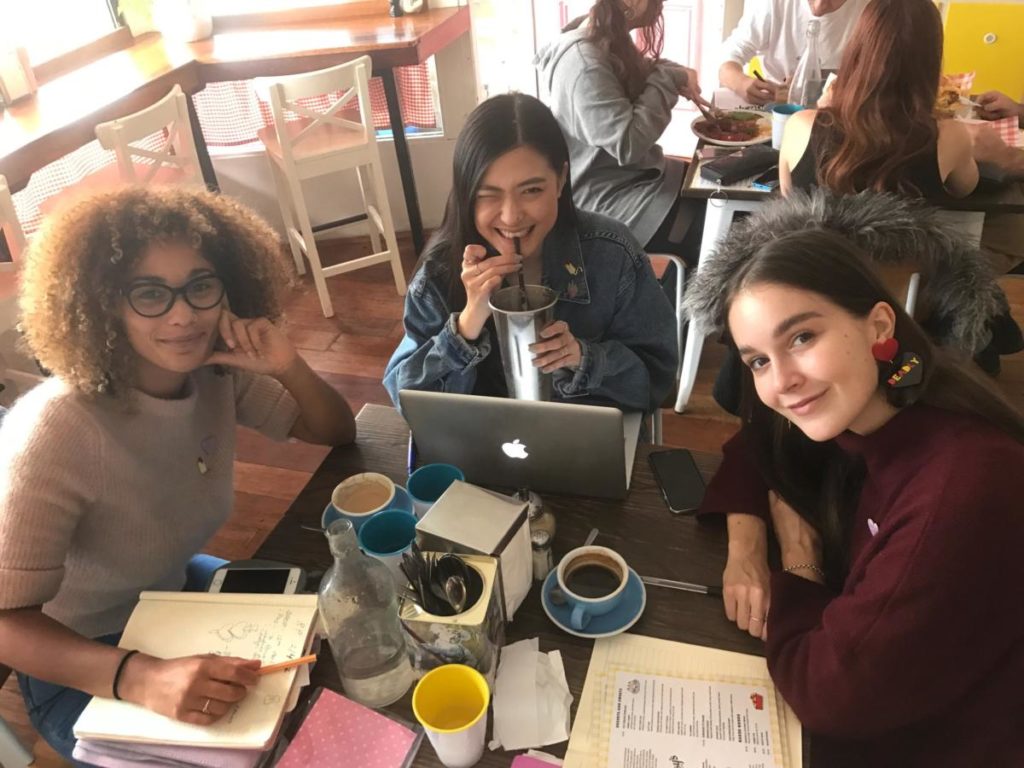Contents
If you’re thinking of setting up a sporting group, cultural club or charity — that’s great! It’s a fantastic way of contributing and giving back to your community.
You might have heard others who’ve set up similar organisations talk about their legals, getting things registered, or setting up an entity.
And you might already have a few team members with various skill sets, who you want to give particular roles and purposes within your new organisation.
When you’re thinking about starting a venture like this, the first step is to always think about your business structure.
As a not-for-profit, there are a few different options for you (we’ve written about them here!).
And, if you’ve already looked around, you might have decided to go with an Incorporated Association (IA) structure.
However, there are different regulators of IAs for each state in Australia. In this article, we’ll be referring to the regime in New South Wales, but the concepts are similar in other States and Territories, too.
So, if you want to set up an IA in New South Wales, you might be asking yourself: where do I even begin?
Don’t stress! Here’s everything you need to understand about setting up an IA.
What Is An Incorporated Association?
An IA structure can be used by any organisation driven by a recreational, cultural or charitable purpose.
It is a way of structuring not-for-profits in a way that runs a little like a company.
Just like a Pty Ltd Company, you’ll need to register an IA as a separate legal entity.
But, unlike shareholders’ rights to make a profit, IAs have ‘members’ that drive the objectives of the IA.
In a nutshell, those under an IA structure are driven by purposes and rules.
And it is run by an elected management committee.
Why Register An Incorporated Association?
Setting up your venture as an IA is a great way to make a difference, and it also helps to make sure your members are protected with the limited liability a normal company offers.
These benefits have made IAs a particularly popular choice of structure for many not-for-profits.
Take, for example, our pro bono client The Rough Period, who we helped set up as an IA in NSW.
This structure has made it possible for them to get an Australian Business Number (ABN), be registered as a charity with the ACNC, and obtain Deductible Gift Recipient (DGR) status, which has in turn allowed them to access grants and donations.
By registering as an IA and getting legal help, The Rough Period have been able to focus on their mission of helping homeless women access safe and clean sanitary items.

How Is An Incorporated Association Different From A Company Limited By Guarantee?
The other popular structure for not-for-profits is a Company Limited by Guarantee (CLG).
There are pros and cons for using both to structure your not-for-profit, but there are some key differences you should be aware of.
For example, a company limited by guarantee can operate across Australia. On the other hand, an IA registered in NSW can generally only operate legally in NSW.
And, there are different requirements for members — while IAs need at least five members, a CLG would only require one.
Particularly, a CLG will require a board of directors whereas IAs require a public officer.
For The Rough Period, they felt the requirement of a public officer was much more suitable for a small charity, which is why they went ahead with the IA structure.
If you want to find out more about setting up a charity and the difference between CLGs and IAs, we’ve written an article on how to set up a charity.
7 Steps For Setting Up An Incorporated Association In NSW
So you’ve decided to go ahead with an Incorporated Association structure — great!
Just like every other state in Australia, there are specific rules you have to follow when setting up an IA in NSW.
We’ve done the homework for you, and we’ve broken the process down into seven easy steps.
Step One: Choose A Name.
Just like any organisation, the first step is to choose your name.
Generally, in the case of Incorporated Associations, your name would reflect your purpose.
It’s also important to make sure that the name isn’t already used by another organisation (you can check this on the Australian Securities and Investments Commission website, or on the NSW Incorporated Associations Online Register).
Step Two: Establish Objects Of The Association
We’ve mentioned a few times that an IA is generally driven by a purpose or an objective.
One of the legal requirements of setting up an IA is that you have this objective in writing.
Your first move should be to have a conversation with your team around the the association’s purpose, and how to express this in a few sentences.
Step Three: Draft The Constitution
Next, you’ll need a Constitution.
This is the main document governing the relationship between the association and its members, who will all be bound by the Constitution.
Since every IA is required to have a Constitution, NSW Fair Trading has put together a Model Constitution — which is a good place to start.
However, you’ll need to tweak the Constitution to make sure it’s customised to your organisation.
For example, you’ll have to think about how to structure the following for your association:
- Committee Structure — the number of members; allocation of office-bearers such as President, Vice President, Secretary, Treasurer; and 3 ordinary non-office bearers.
- Member Fees — for example, each member might have to pay $1 upon joining and continue to pay an annual $2 fee. This could also be a good source of ongoing income to cover administrative costs such as maintaining domain registration and bank fees.
A very important thing to note is that this Model Constitution is not appropriate if you are a charity that wants to register for Deductible Gift Recipient (DGR) status. Specific clauses will need to be added for DGR purposes.
Step Four: Prepare Form A2
Once you’ve drafted your Constitution, you’ll then need to prepare Form A2 (which you can download here).
This form is the actual application for registering an IA, which can only be authorised if you have 5 or more individuals, or if you have an already existing unincorporated body.
It will include questions around your proposed name, constitution and your objects (see Steps 1-3 above).
Step Five: Prepare For Formation Meeting
Now, it’s worth remembering that, without the collective will of the members, there is no association.
It’s really important to make sure everyone is driven by the same purpose and that you have the right structures in place to do so.
This is why we highly recommend organising a ‘formation meeting’ to get everyone together in the same room and agree upon the key principles for the association.
To prepare for the formation meeting, you’ll first need to create an agenda.
Your agenda would typically contain the following items:
- Your proposed name
- Your proposed ‘objects’
- Adoption of Constitution
- Election of office-bearers, committee members and first public officer
- Creation of any relevant subcommittees
- Signing of Form A2 and authorisation of public officer to lodge the form and pay the fee
After this, you’ll need to send this agenda to the potential members with a date for the formation meeting. Remember: for an IA you need at least 5 prospective members.
Step Six: Public Officer To Lodge Form A2
Once you’ve had the formation meeting and agreed on all the formal roles, to become a legally registered IA, you need to lodge the Form A2 that you’ve been preparing.
This should be done by the Public Officer of the IA (more about the role here).
Step Seven: Set Up Your ABN, Bank Account And Other Ad-Hoc Necessities!
After you’ve lodged the Form A2 and Fair Trading has approved your application, you’ll need to set up a number of ad-hoc necessities for your IA.
Just like a normal organisation, you’ll need an Australian Business Number (ABN).
Among other administrative tasks for your organisation, you’ll also need a bank account to use going forward for any organisation-related expenses.
Once that’s done, you’re ready to go and start running your organisation!
Need Help Setting Up An Incorporated Association in NSW?
If you need help with any of the steps above, we’d be happy to help!
Our lawyers have helped hundreds of small businesses and organisations get on their feet, because getting your structure right from the very beginning is crucial.
Need help getting started? Or not sure what structure is right for you?
Come and talk to us! We’d love to chat – you can reach us on 1800 730 617 or team@sprintlaw.com.au.
Get in touch now!
We'll get back to you within 1 business day.













0 Comments on "Seven Steps For Setting Up An Incorporated Association in NSW"